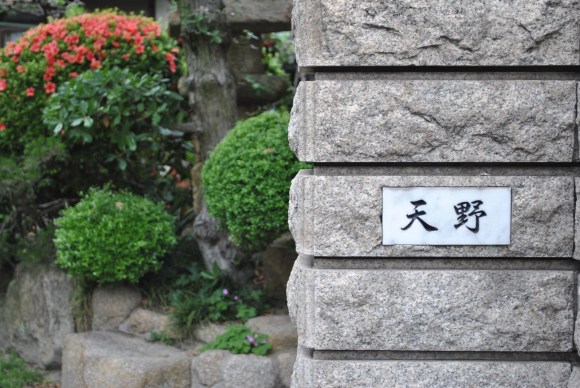
When we think of an Asian country where many people have the same last name, Korea usually comes to mind. With just 250 surnames in use, half the Korean population bears one of three names: Kim, Lee or Park. Compare that to Japan that has over 100,000 surnames. So when we hear of a place in Japan where over 20 percent of the people share the same last name, it’s enough to pique our curiosity.
Meet the Amanos: Amano-san the ferry port manager and Amano-san the grocer; Amano-san who owns the liquor shop and Amano-san who serves curry lunches; Amano-san the plumber and Amano-san the carpenter. They’re all different people who live on the same small island and who, believe it or not, are not related.
How can this be? We bet you can’t guess why!
Perhaps you’ve heard the name Amano before. There is artist Amano Yoshitaka and his Fantasy Art Gallery. There’s Amano Foods. And then there’s Amano Yukiya, the current Director General of the International Atomic Energy Agency who gets a lot of press these days. But the name Amano isn’t considered popular either. It doesn’t rank up the there with the top 10 Japanese names, which millions of people share. As a matter of fact, Amano doesn’t even make the 100 most common surnames in Japan.
But Amanos have inhabited Shiraishi Island in the Seto Inland Sea for as long as anyone here can remember. Part of the Kasaoka island chain off of Okayama Prefecture, Shiraishijima has only 570 residents, 92 of them who have the last name Amano.
The Amano name consists of two kanji characters, the first one meaning “heaven” and the second meaning “field.”
▼ A kanji name plate bearing the name Amano
▼ The Amano family crest
But tiny Shiraishi Island, with just 350 houses, a 6 km-road, and 92 Amanos, has another interesting quirk: The island gets tourists from all over the world including Germany, Holland, France, Finland, Australia, Canada, Italy, the U.S. and sometimes even Iceland or Romania.
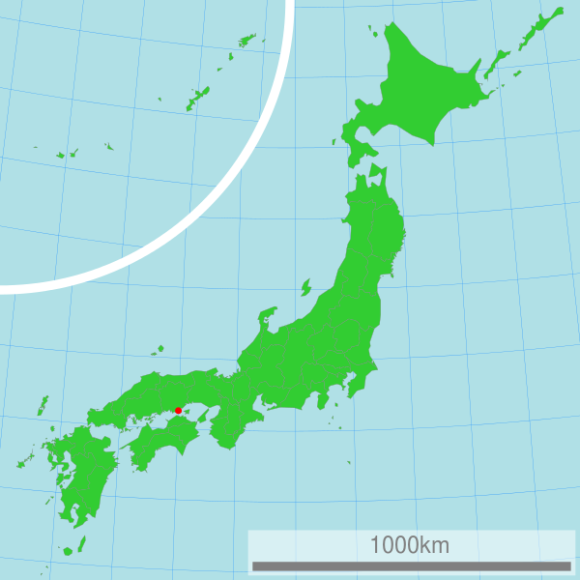
The reason the island brings in a couple of thousand international tourists each year is because it is listed in the Lonely Planet guidebook (which in addition to the English edition, is translated into many other languages) as well as a handful of other travel guides. The lure of this fairly remote island is the Shiraishi International Villa, a prefecturally-funded accommodation built back in the ’80s when Japan was in the middle of one of its internationalization efforts. Since then, the villa has become property of the island itself but still lives up to its original purpose: to give foreigners the opportunity to observe Japanese island life and see how people live in the countryside. As a result, it endures as an off-the-beaten-track destination for intrepid travelers–who also want a Western toilet. And it’s cheap, at only 3,000 to 3,500 yen per person per night (US$29.00 to $34.00).
Many of the foreign visitors are just passing through on their tour of Japan. After the 40-minute ferry ride from Kasaoka, they get off at Shiraishi Island and are instructed to pick up their room key from Amano-san at the International Villa Information Center.
▼There is no farming involved, I assure you.
With room key in hand, the tourists head up the 600-meter foot path to the International Villa, which sits on top of a hill. On the way, they might stop and procure some alcohol from the the island’s only liquor store, run by who else but the Amanos.
▼A local buys beer from the Amano’s liquor store. Wow, those islanders like to drink!
As they continue on their way up to the villa, they will pass houses with name plates bearing the Amano name:
▼An Amano name plate in the hiragana alphabet. Anpanman is not, sadly, part of their family crest.
They will also pass this sign:
When the tourists finally reach the villa, the villa manager greets them and says, “Hi, my name is Mrs. Amano!” In just five minutes, the tourists have met three Amanos. As a matter of fact, everyone they’ve met so far has been an Amano! But, wait, there’s more! They go to the beach and have lunch at Amano-san’s beach-front curry shop.
After lunch, with stomachs full of Amano-san’s curry, they decide to do some marine sports, so they schedule a banana boat ride with, oh no, another Amano!
Little do the tourists know that if they lived on the island, they’d get further Amanoed at the town hall, the JA Bank and the fisherman’s co-op. The only plumber on the island is an Amano, and Amano-san the carpenter can help you with the rest of your house.
Some places are a little less obvious about their Amanoness. This ryokan hotel, for example, says “Amagiso” on the outside…
…but is Amano on the inside!
Remember that liquor store I mentioned earlier, owned by Amanos? It’s called Amafuku and was named after owner’s father Amano Fukuichi, who started the shop over 100 years ago.
This campground’s name is “Sakinishi,” but I bet you can guess you who really owns it.
Is this island cat an Amano? Probably.
But the question remains: Why all the Amanos?!
Well, you may have heard that the common Japanese people didn’t have surnames until the Meiji era (1868-1912). Before then, surnames were reserved for nobility and people of power. But when the Family Register Law of 1898 came into effect, commoners had to take on surnames. People were suddenly faced with having to choose a name for their families. Some took on names closely related to farming and agriculture, such as Tanaka (lit. ‘middle rice field’). Others took on names of successful enterprises, hoping some of the luck and reputation would rub off on them. Then there were the Amanos.
The Amano name had been around since at least 1600. Apparently, when these nobles’ names became available to commoners, many charged a fee to use their name. But Amano Hagie, who lived on Shiraishi Island, decided to let people use his name for free, in essence giving people a free license to use his surname. If the internet had been around then, I’m sure he would have gone on to found Wikipedia!
▼ Mrs. Amano, a descendent of the original Amano Hagie family who gave the use of his name to the common folk on Shiraishi Island
By now you’re probably dying to meet some of the Amanos, so I went around and asked them to introduce themselves:
▼”Amano desu!” Keiko Amano works in the grocery store
▼ “Amano desu!” Izumi Amano works at the town hall
▼ “Amano desu!” Sunao Amano greets people at the ferry port
From the youngest Amano…
▼ Minato Amano is 20 months old
…to one of the oldest,
▼Manji Amano Manji, or Man-chan, is 88 years old
those Amanos are really something! And the next time you think you’re getting old, watch this video of 88-year-old Man-chan–it’ll make you think again!
So get on out to Shiraishi Island to meet the Amanos! They’d love to meet you. I know they would, because Amano-san told me so.
Photos: Amy Chavez/RocketNews24

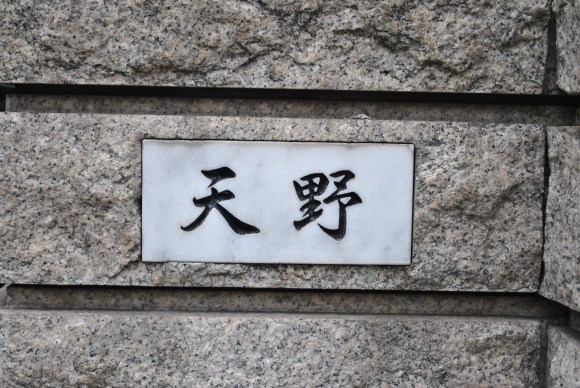
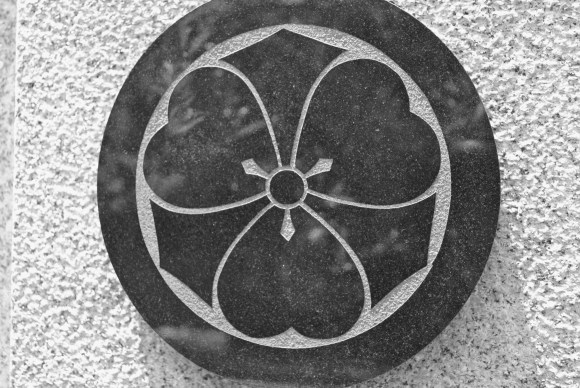

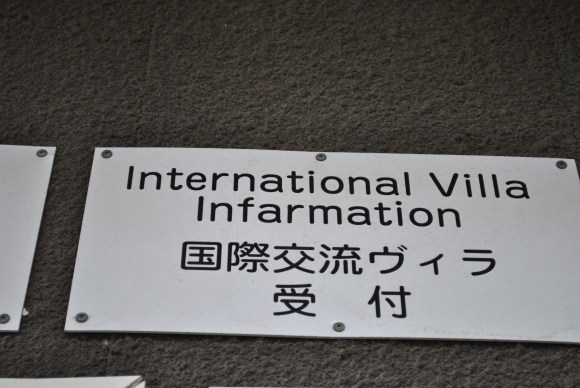
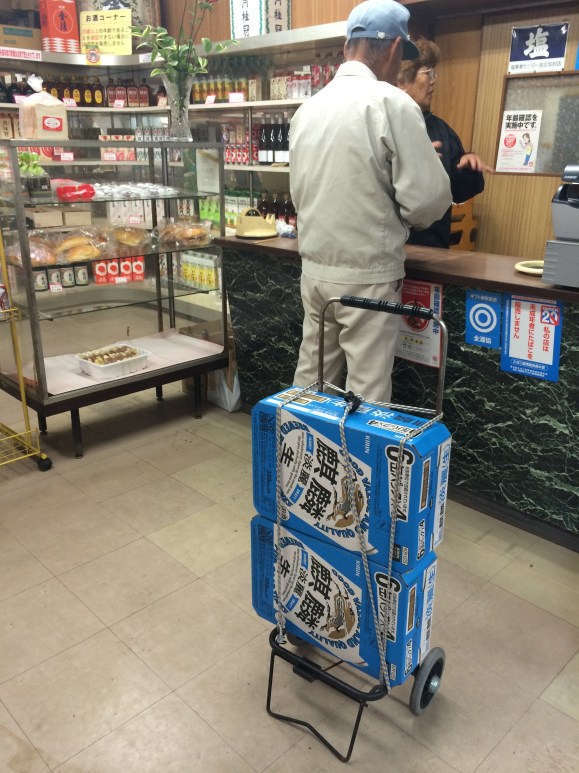
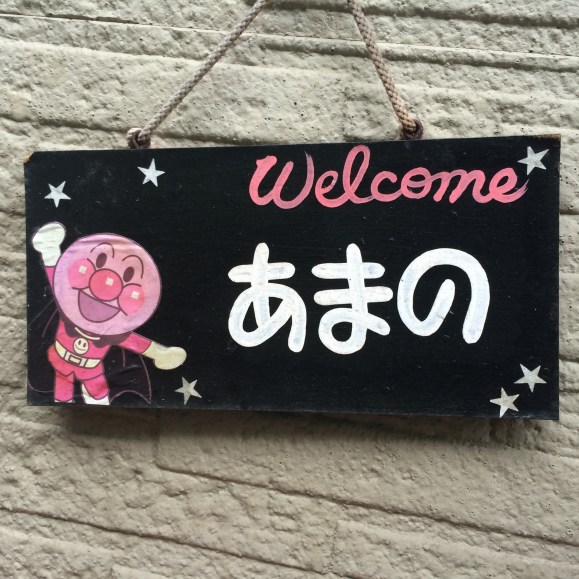
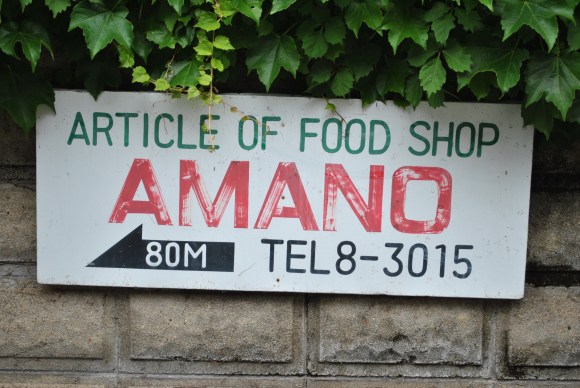
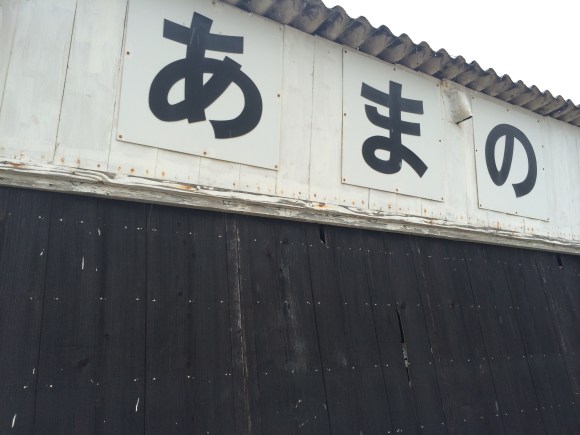
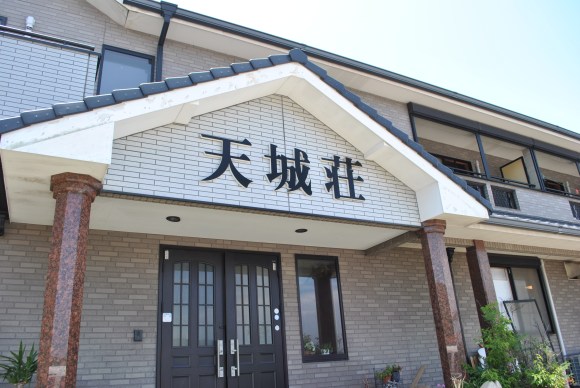

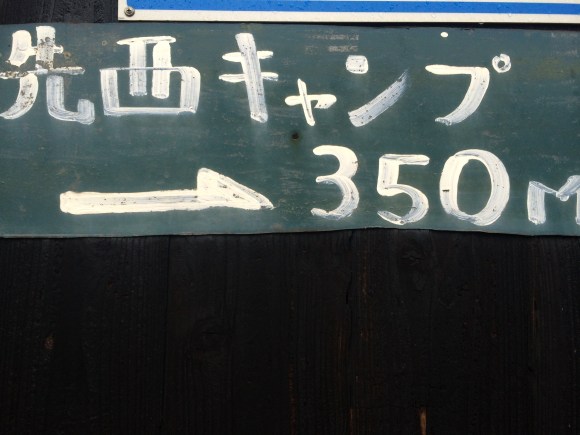
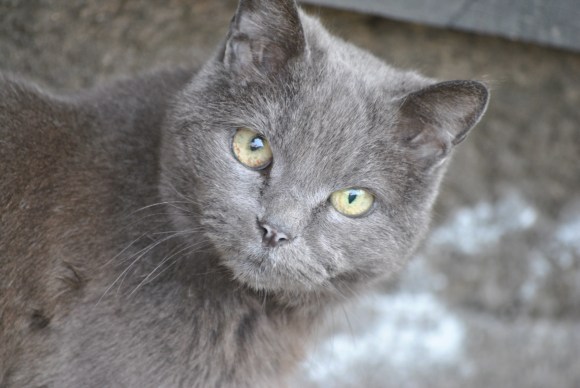
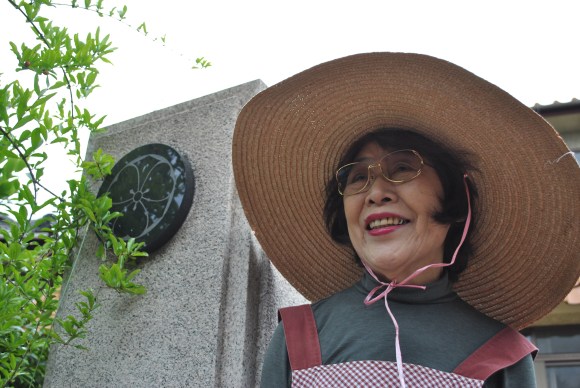
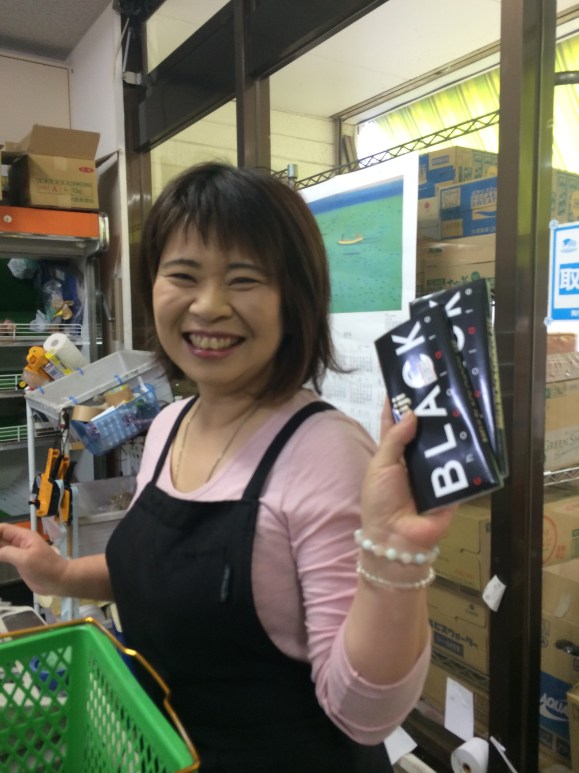
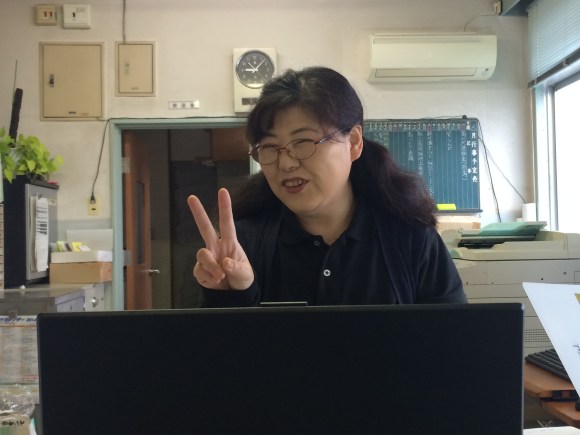
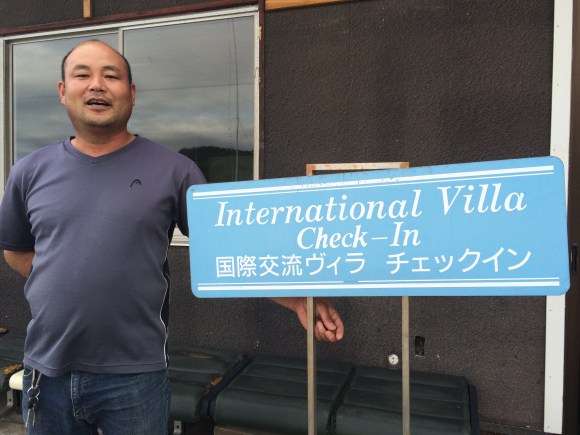
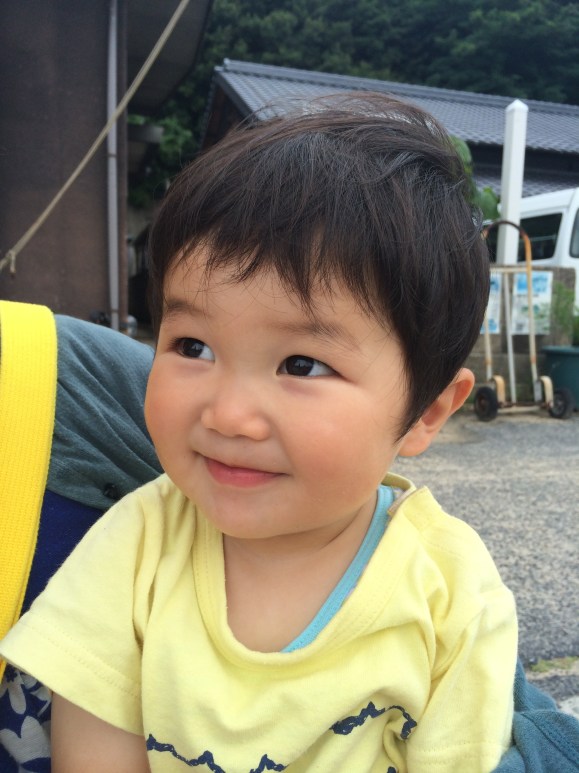
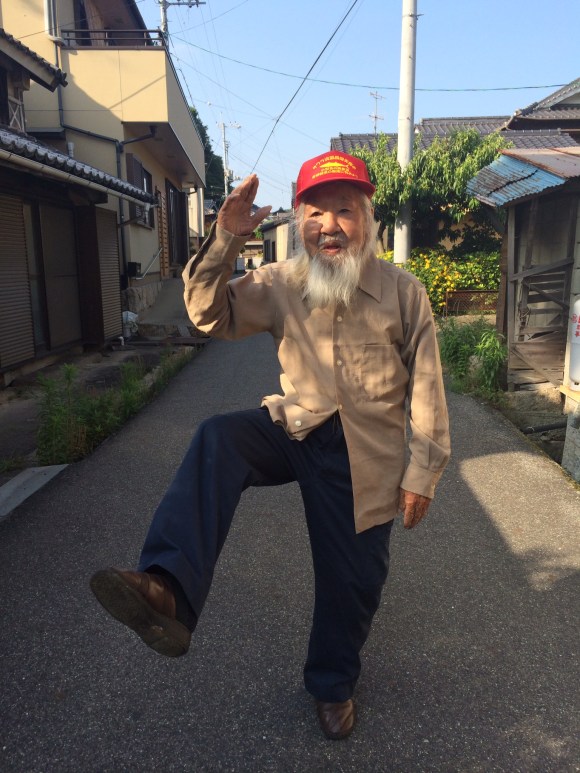
 Shiraishi Island needs YOUR character ideas!
Shiraishi Island needs YOUR character ideas! Why French tourists are flocking to a tiny island of 230 people in Japan’s Inland Sea
Why French tourists are flocking to a tiny island of 230 people in Japan’s Inland Sea Wacky Japanese beach culture: A ton of fun in the sun!
Wacky Japanese beach culture: A ton of fun in the sun! We go octopus hunting, learn how to turn octopus heads inside-out
We go octopus hunting, learn how to turn octopus heads inside-out We bicycle around Kitagi, island of goats, pizza and the Vagina Rock【Photos】
We bicycle around Kitagi, island of goats, pizza and the Vagina Rock【Photos】 More Than a Capsule Stay: Why Solo Travelers Choose “global cabin Yokohama Chinatown”
More Than a Capsule Stay: Why Solo Travelers Choose “global cabin Yokohama Chinatown” Japan’s otoshidama tradition of giving kids money at New Year’s gets a social welfare upgrade
Japan’s otoshidama tradition of giving kids money at New Year’s gets a social welfare upgrade Survey reveals 70 percent of Japanese adults believe corporal punishment is necessary
Survey reveals 70 percent of Japanese adults believe corporal punishment is necessary New anime AI program animates your art for you when you add a voice clip【Videos】
New anime AI program animates your art for you when you add a voice clip【Videos】 Japan’s Self-Defense Forces take “radio calisthenics” to an interesting new level
Japan’s Self-Defense Forces take “radio calisthenics” to an interesting new level The 10 best hotel hot springs in Japan, as chosen by Japanese travelers
The 10 best hotel hot springs in Japan, as chosen by Japanese travelers Ladies, Please Don’t Be So Blatantly Disappointed With Your Delivery Man (At Least With How He Looks)!
Ladies, Please Don’t Be So Blatantly Disappointed With Your Delivery Man (At Least With How He Looks)! We found possibly the quietest Japanese-style hotel in Tokyo’s bustling Shinjuku district
We found possibly the quietest Japanese-style hotel in Tokyo’s bustling Shinjuku district We make a DIY face gel out of yuzu seeds, and it’s surprisingly cheap and easy!
We make a DIY face gel out of yuzu seeds, and it’s surprisingly cheap and easy! Kyoto restaurant only sells one dish, features mannequins and gets rave reviews!
Kyoto restaurant only sells one dish, features mannequins and gets rave reviews! Starbucks Japan ready to get Year of the Horse started with adorable drinkware and plushies【Pics】
Starbucks Japan ready to get Year of the Horse started with adorable drinkware and plushies【Pics】 7-Eleven Japan’s ramen-cooking robot whipped us up a bowl of noodles【Taste test】
7-Eleven Japan’s ramen-cooking robot whipped us up a bowl of noodles【Taste test】 Lacquerware supplier to emperor of Japan and Pokémon team up for new tableware
Lacquerware supplier to emperor of Japan and Pokémon team up for new tableware Cyberpunk anime meets traditional culture in Ghost in the Shell gold leaf Japanese changing screens
Cyberpunk anime meets traditional culture in Ghost in the Shell gold leaf Japanese changing screens 7 great places to see Mt. Fuji from without having to climb it
7 great places to see Mt. Fuji from without having to climb it Japan may add Japanese language proficiency, lifestyle classes to permanent foreign resident requirements
Japan may add Japanese language proficiency, lifestyle classes to permanent foreign resident requirements Hello Kitty Choco Egg figures are an adorable trip through three periods of Japanese pop culture【Pics】
Hello Kitty Choco Egg figures are an adorable trip through three periods of Japanese pop culture【Pics】 Starbucks Japan releases new zodiac chilled cup drink for 2026
Starbucks Japan releases new zodiac chilled cup drink for 2026 Can a dirty butthole make you filthy rich in Japan? We’re starting a New Year’s lottery experiment
Can a dirty butthole make you filthy rich in Japan? We’re starting a New Year’s lottery experiment 7-Eleven Japan starts new temporary luggage storage service in over 300 branches
7-Eleven Japan starts new temporary luggage storage service in over 300 branches Disillusionment at Tsukiji’s tourist-target prices led us to a great ramen restaurant in Tokyo
Disillusionment at Tsukiji’s tourist-target prices led us to a great ramen restaurant in Tokyo Starbucks teams up with 166-year-old Kyoto doll maker for Year of the Horse decorations【Photos】
Starbucks teams up with 166-year-old Kyoto doll maker for Year of the Horse decorations【Photos】 Tokyo considering law requiring more trash cans following litter increase in heavily touristed area
Tokyo considering law requiring more trash cans following litter increase in heavily touristed area Tokyo’s Tsukiji sushi neighborhood asks tour groups to stay away for the rest of the month
Tokyo’s Tsukiji sushi neighborhood asks tour groups to stay away for the rest of the month Nintendo’s Kirby now delivering orders at Kura Sushi restaurants, but not in Japan
Nintendo’s Kirby now delivering orders at Kura Sushi restaurants, but not in Japan Tokyo event lets you travel back in time, for free, to celebrate 100 years since Showa era start
Tokyo event lets you travel back in time, for free, to celebrate 100 years since Showa era start Sanrio theme park in Japan announces plans to expand into a Sanrio resort
Sanrio theme park in Japan announces plans to expand into a Sanrio resort Stamina-destroying “Paralysis Noodles” are Tokyo’s newest over-the-top ramen innovation
Stamina-destroying “Paralysis Noodles” are Tokyo’s newest over-the-top ramen innovation Survey asks foreign tourists what bothered them in Japan, more than half gave same answer
Survey asks foreign tourists what bothered them in Japan, more than half gave same answer Japan’s human washing machines will go on sale to general public, demos to be held in Tokyo
Japan’s human washing machines will go on sale to general public, demos to be held in Tokyo Japan’s deadliest food claims more victims, but why do people keep eating it for New Year’s?
Japan’s deadliest food claims more victims, but why do people keep eating it for New Year’s? We deeply regret going into this tunnel on our walk in the mountains of Japan
We deeply regret going into this tunnel on our walk in the mountains of Japan Studio Ghibli releases Kodama forest spirits from Princess Mononoke to light up your home
Studio Ghibli releases Kodama forest spirits from Princess Mononoke to light up your home Major Japanese hotel chain says reservations via overseas booking sites may not be valid
Major Japanese hotel chain says reservations via overseas booking sites may not be valid Put sesame oil in your coffee? Japanese maker says it’s the best way to start your day【Taste test】
Put sesame oil in your coffee? Japanese maker says it’s the best way to start your day【Taste test】 No more using real katana for tourism activities, Japan’s National Police Agency says
No more using real katana for tourism activities, Japan’s National Police Agency says Starbucks Japan reveals new sakura drinkware collection, inspired by evening cherry blossoms
Starbucks Japan reveals new sakura drinkware collection, inspired by evening cherry blossoms Updated cherry blossom forecast shows extra-long sakura season for Japan this year
Updated cherry blossom forecast shows extra-long sakura season for Japan this year Island off Hiroshima coast slowly being eaten away by millions of insects
Island off Hiroshima coast slowly being eaten away by millions of insects Five things you need to know about Obon–one of Japan’s biggest holidays 【Videos & more】
Five things you need to know about Obon–one of Japan’s biggest holidays 【Videos & more】 Could this island actually be the real setting of the legend of Urashima Taro?
Could this island actually be the real setting of the legend of Urashima Taro? 【Exploring Unfamiliar Japan】We stayed in a 120-year-old Japanese home, here’s how you can too
【Exploring Unfamiliar Japan】We stayed in a 120-year-old Japanese home, here’s how you can too Bath noodles — Do you know about this strange Japanese bathing custom?
Bath noodles — Do you know about this strange Japanese bathing custom? Kuroshima, a remote, heart-shaped island in Okinawa where there are more cows than people
Kuroshima, a remote, heart-shaped island in Okinawa where there are more cows than people Why you should be worried if someone calls you “Uehara-san” in the Japanese workplace
Why you should be worried if someone calls you “Uehara-san” in the Japanese workplace What’s in a name? The 10 most common surnames in Japan (and their meanings)
What’s in a name? The 10 most common surnames in Japan (and their meanings) New dinosaur fossil discovered on Awaji Island, named after Japanese god
New dinosaur fossil discovered on Awaji Island, named after Japanese god Japan’s Rabbit Island – Yes, it really does exist
Japan’s Rabbit Island – Yes, it really does exist We visit Oshima, an island in Japan where walking counterclockwise means death【Haunted Japan】
We visit Oshima, an island in Japan where walking counterclockwise means death【Haunted Japan】 An island-hopping visit to the Setouchi International Art Festival!
An island-hopping visit to the Setouchi International Art Festival! Vegetables are smarter than fruits: Three high IQ Japanese veggies
Vegetables are smarter than fruits: Three high IQ Japanese veggies A heavenly trip to Japan’s Demon Island in the Seto Inland Sea【Photos】
A heavenly trip to Japan’s Demon Island in the Seto Inland Sea【Photos】 Japan’s pit toilets: An in-depth look
Japan’s pit toilets: An in-depth look A visit to Japan’s priest murder party cliffs of Tojinbo【Photos】
A visit to Japan’s priest murder party cliffs of Tojinbo【Photos】
Leave a Reply